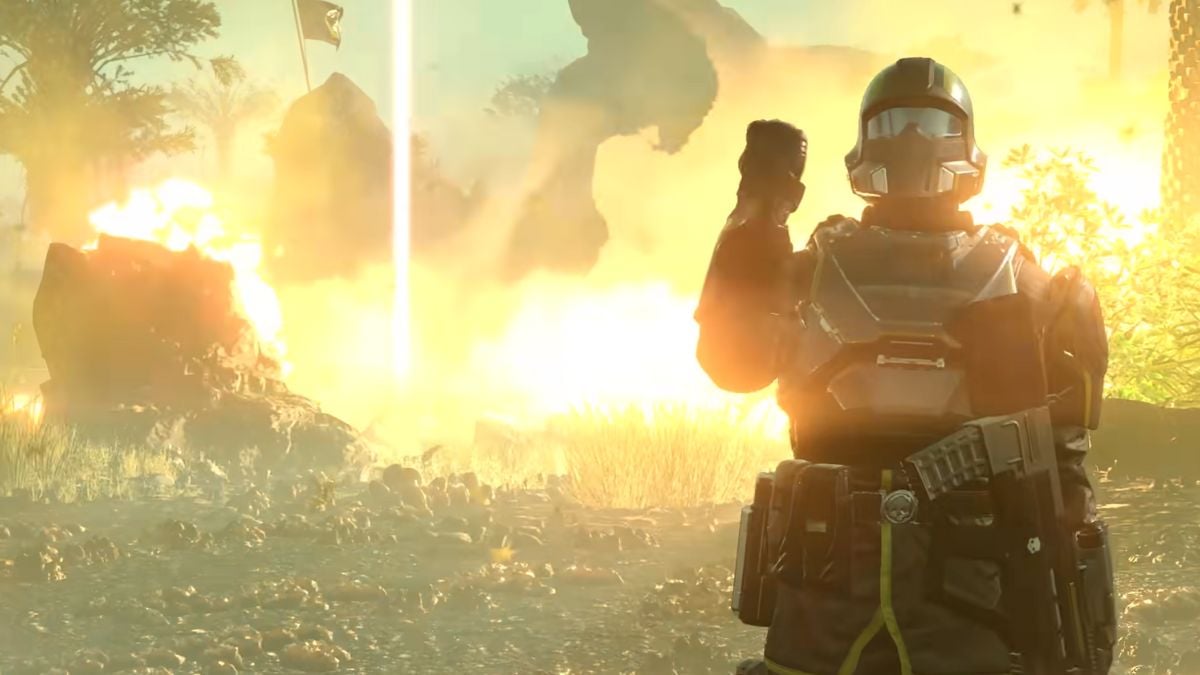In a recent report, Forbes sheds some interesting light on the topic of game pricing — for those of you in possession of inquiring minds. According to them, the $60 price tag that Xbox 360 games are now proudly sporting is a 20% increase over game prices of the past. The risk involved with creating such a product for a brand new console is high, perhaps justifying why beyond a few key titles, console launch support always seem to suck balls. If you believe in the stats in the article, it’ll take a million games sold before a publisher turns a profit at all — and then when they do, they’ll make a dollar per game sold. Makes turning a trick sound about a hundred times more appealing, doesn’t it? Prostitution has a much better rep overseas these days, I hear.
Hit the jump for a little bit of game creatin’ breakdown action.
I found myself struggling while making this post to remember the prices of NES cartridges. I sure as hell wasn’t keeping track of money I stole from my mother’s purse to buy them, so I asked some fellow Dtoiders what they remembered paying for games from past systems. The general consensus seemed to be that Atari carts were about $20 – $30 and everything from NES on was $40 – $50. Looking at the comparison between today’s games and those beloved relics of yesteryear, it may get you wondering: how can it be that games stay around the same price range, despite the leaps in technology? I paid $50 for Cho Eniki and now I’m paying the same for Gears of War? I know the latter is a homosexual freak carnival and the former is about real men at war, but still — it kind of feels like finding out you were molested by your stepfather a long, long time ago.
Of course, there must always be forward progress. Ask any megolomanical world leader. Still, this news raises the same concern for me that the PS3 price announcement raised. Sure, your mega tech geek fiend types can afford these new consoles, but if things for kids are anything like they were when I was growing up, the Wii will be the console of choice strictly based on affordability. Sony and Microsoft choose to mostly alienate this demographic with their decision to price games and consoles as high as they have. It’s neither good nor bad, but I know I would have been a much lonelier kid without games to play. I might have killed fewer small animals too, but that’s beyond the point.
Here’s some hard numbers:
ON A $60 GAME OF GEARS:
* 25% (aka $15) goes to pay the art and design guys.
* 20% ($12) goes to pay the programmers and the engineers.
* 20% (also $12) goes to your friendly neighborhood retailer.
EB / GameStop, whoever.
* 11.5% ($7) goes to a “Console Owner Fee” – ie. whichever one
of the Big Boys made your hardware (Sony, MS, Nintendo.)
* 7% ($4) goes to marketing, and puts Mad World and Marcus Fenix
on MTV.
* 5% ($3) goes to “market development” — paying for cardboard
Standees of the Gears Crew and elbowing other games out of the way
for shelf space at your local retailer.
* 5% ($3) goes to actually manufacturing and packaging the disc.
* 5% ($3) is spent paying the Man for IP licenses or maybe
hiring some big name voice actors. If your game isn’t an original IP,
here’s where you get dinged by Marvel, Disney, or Ray Liotta’s agent.
* 1.5% (just $1) goes into the publisher’s pocket.
* 1.5% (also $1) goes into the distributor’s pocket.
* 0.3% (about 20 cents) goes into corporate costs. Management,
overhead, lawyers, etc.
* 0.05% (less than 3 cents) go into the cost of paying for the
Developer’s Hardware. Who knew an SDKs can cost tens of thousands of
dollars?




